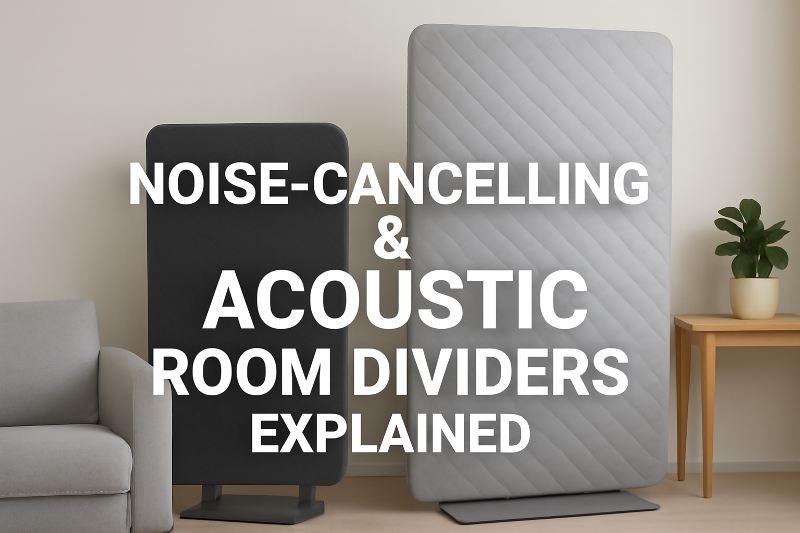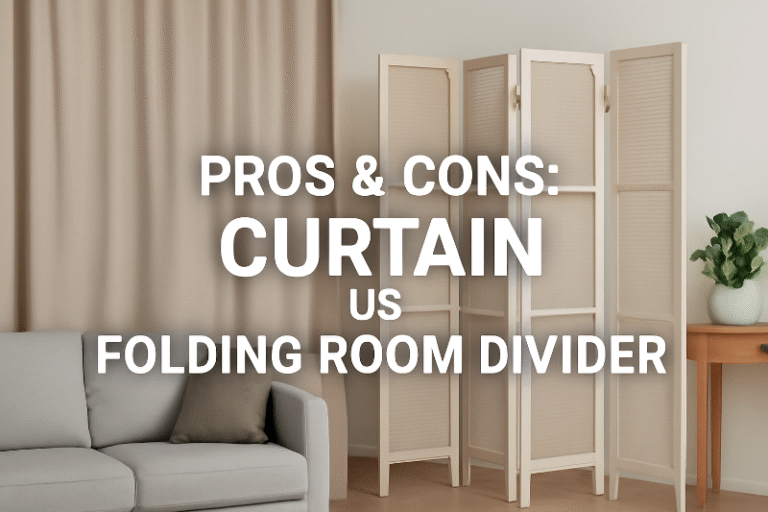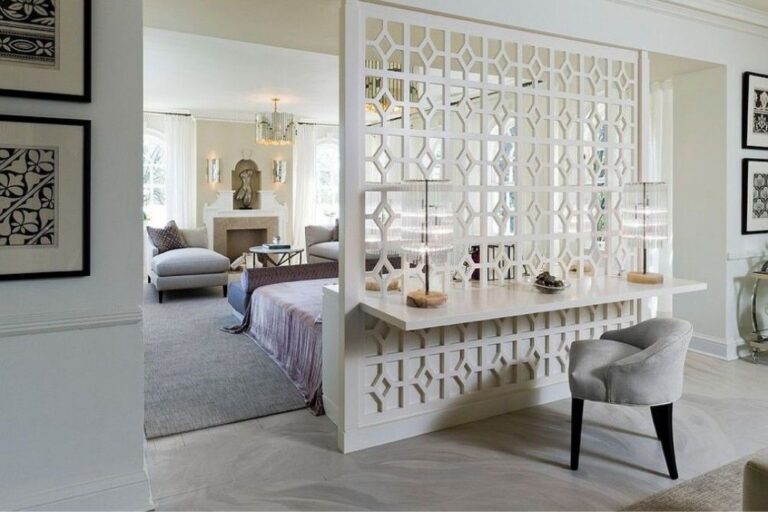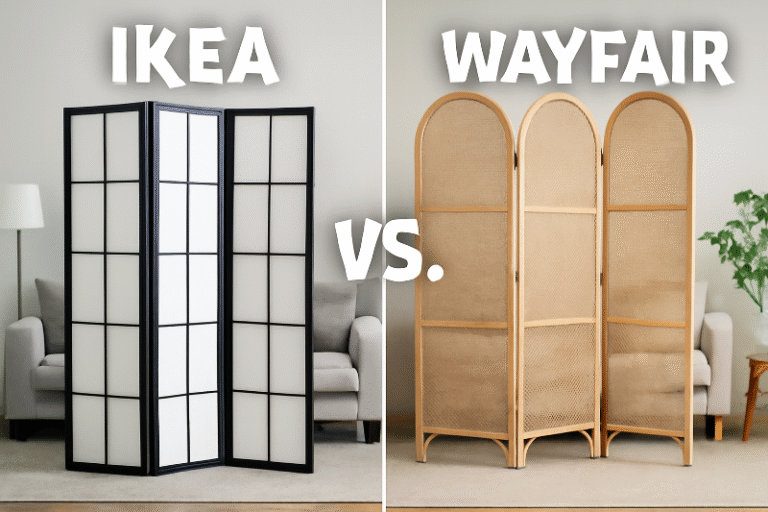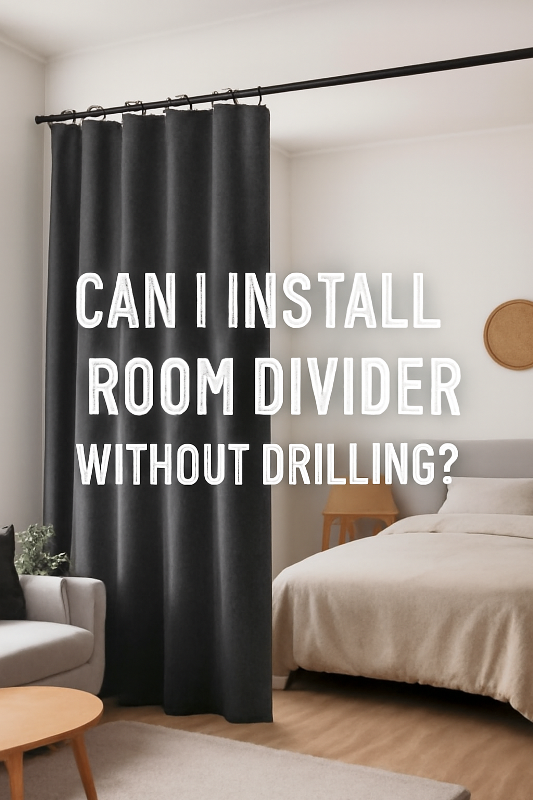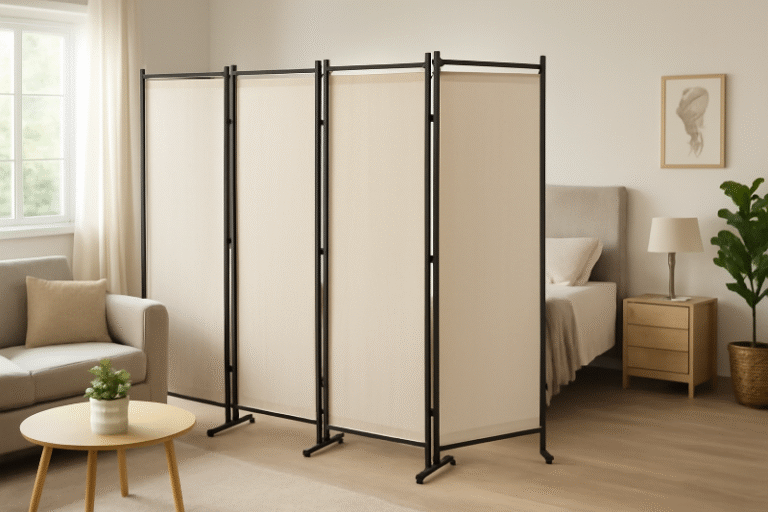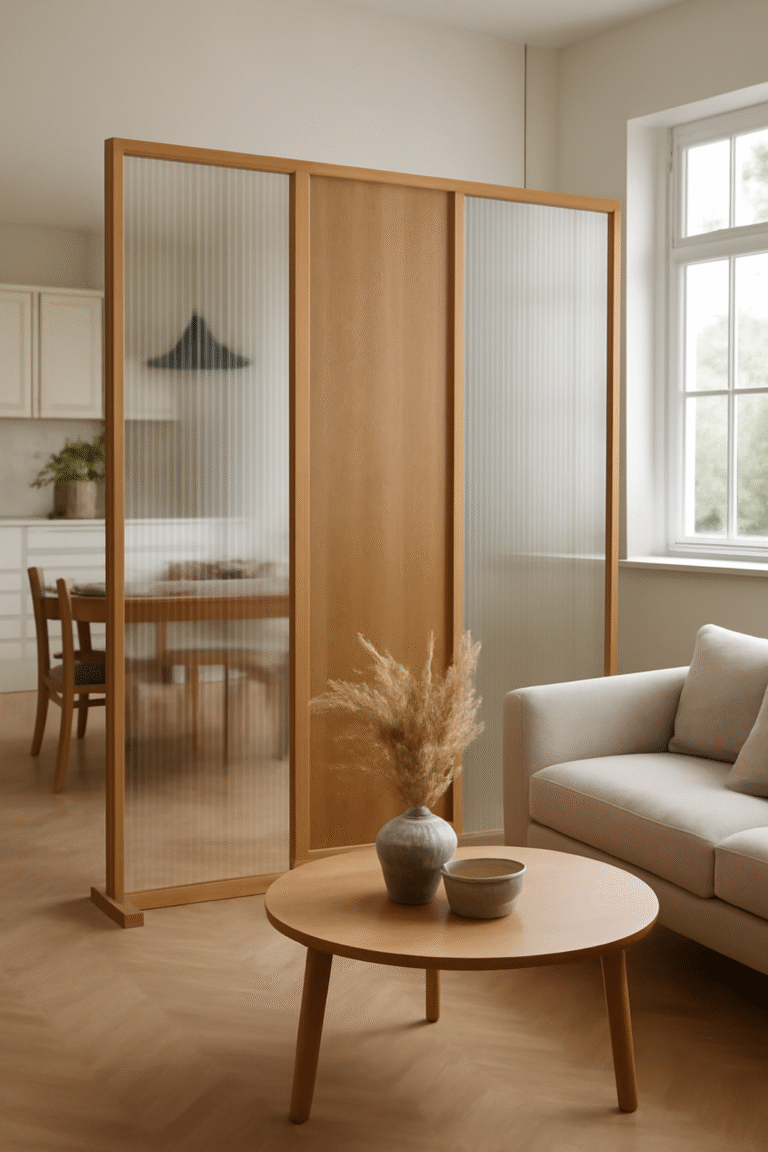In today’s fast-paced world, noise pollution is a growing concern, especially in shared living spaces or offices. Whether you’re trying to create a quiet home office, separate a noisy living area, or simply reduce sound from adjacent rooms, noise-cancelling and acoustic room dividers provide an ideal solution.
These specially designed partitions help manage sound, improve acoustics, and bring a sense of peace to your living or working environment. But what makes them different from regular room dividers? In this article, we’ll dive into the specifics of noise-cancelling and acoustic room dividers, explaining how they work, their benefits, and how to choose the right one for your space.
What Are Noise-Cancelling & Acoustic Room Dividers?
Noise-cancelling and acoustic room dividers are designed to reduce or block sound between areas, providing greater privacy and noise isolation. These dividers are constructed from materials that either absorb, dampen, or block sound waves, which helps to prevent sound from traveling from one side of the room to the other.
- Noise-Cancelling Dividers: These dividers are equipped with soundproofing materials and technologies that minimize sound transmission. While not truly “cancelling” in the technical sense, these dividers help to significantly reduce the amount of noise passing through them.
- Acoustic Room Dividers: Acoustic dividers are specifically designed to improve room acoustics by absorbing sound. Unlike traditional dividers, which might just separate space visually, acoustic dividers help absorb sound waves, reducing echo, reverberation, and ambient noise.
How Do Noise-Cancelling & Acoustic Room Dividers Work?
The effectiveness of these room dividers is rooted in their materials. Some common materials used for soundproofing and acoustic absorption include:
- Fiberglass Panels: Often used in acoustic room dividers, fiberglass is effective at absorbing sound waves, reducing echo, and improving acoustics. It’s especially useful for creating quiet zones in offices, libraries, or studios.
- Foam and Polyester: Acoustic foam panels are commonly incorporated into room dividers, helping to absorb sound and improve acoustics. These materials are often lightweight and can be easily molded into various shapes.
- Mass-loaded Vinyl (MLV): This dense, flexible material is often used in noise-cancelling dividers. It blocks sound from traveling through, providing a higher degree of soundproofing compared to other materials.
- Wood and Fabric Combinations: Many folding and sliding dividers use a combination of wood and fabric. The wood adds a sturdy structure, while the fabric covering helps absorb and dampen noise.
- Cork and Rattan: These natural materials are also used in acoustic room dividers due to their sound-absorbing properties. They create a softer, more natural look, making them ideal for spaces where aesthetics are as important as functionality.
Benefits of Noise-Cancelling & Acoustic Room Dividers
- Noise Isolation
The primary benefit of noise-cancelling and acoustic room dividers is their ability to isolate sound. If you live in an apartment, share an office space, or have children who need quiet study areas, these dividers will help prevent distractions by reducing the transmission of noise between spaces. - Improved Privacy
If you’re working from home or in a shared space, these dividers provide a higher degree of privacy, helping to shield conversations, phone calls, or work activities from the ears of others. Acoustic room dividers can significantly reduce the chance of eavesdropping or disturbances. - Better Room Acoustics
Acoustic dividers help control sound quality within a room. By absorbing excess sound, they reduce echo, reverberation, and the buildup of ambient noise, which can make a space feel more comfortable and conducive to productivity, whether you’re working, relaxing, or recording. - Increased Comfort
By minimizing unwanted noise, these dividers create a more peaceful and focused environment, which is particularly beneficial in multi-use spaces. A quieter home or office can significantly reduce stress and increase your comfort and well-being. - Stylish Functionality
Noise-cancelling and acoustic room dividers often come in a variety of stylish designs. From modern folding screens to minimalistic wall panels, these dividers not only help reduce noise but can also complement your interior decor. - Portable & Flexible
Acoustic and noise-cancelling room dividers can be easily moved and reconfigured as needed, making them a perfect solution for renters or those who frequently update their space. They allow you to adapt your environment to suit your changing needs without permanent alterations.
Where Should You Use Noise-Cancelling & Acoustic Room Dividers?
- Home Offices
If you’re working from home, an acoustic room divider can help you create a quieter and more focused environment. It reduces external noise from other rooms or areas of your house, making it easier to concentrate and improving overall productivity. - Studios & Creative Spaces
For artists, musicians, or video creators, these dividers help improve sound quality and minimize unwanted distractions. They help control sound reverberation in recording studios, photography studios, or any other creative spaces where sound control is vital. - Apartments & Shared Spaces
In shared apartments or houses, acoustic dividers help provide the separation needed to create more privacy. They work particularly well in open-concept spaces, like studios or loft apartments, where sound can easily travel between areas. - Classrooms & Libraries
Acoustic room dividers are especially useful in educational spaces. They help create quiet zones in libraries or classrooms, allowing for group activities, individual study, or private meetings without disturbing others. - Hospitality & Healthcare
Hotels, hospitals, and other hospitality settings can benefit from acoustic dividers to ensure that guests or patients enjoy a quiet, restful environment. These dividers help reduce noise between rooms, especially in busy or high-traffic areas.
How to Choose the Right Acoustic Room Divider
When choosing an acoustic or noise-cancelling room divider, there are several factors to consider:
- Noise Reduction Rating (NRR) Look for dividers with a higher Noise Reduction Rating (NRR) if soundproofing is your primary concern. The higher the NRR, the better the divider will block sound from passing through.
- Material
The material of the divider will impact its soundproofing ability. Solid materials like wood, MLV, and fiberglass offer better noise cancellation, while fabric or woven dividers may be better suited for improving acoustics rather than completely blocking sound. - Size & Coverage
Consider the size of the space you’re looking to divide. Larger rooms may require dividers with a greater surface area, or you may need multiple smaller dividers for maximum effect. - Design & Aesthetics
Acoustic and noise-cancelling dividers come in various styles, from modern minimalistic screens to classic wooden panels. Choose a design that complements the aesthetic of your room while also serving its functional purpose. - Portability
If you need a divider that can be moved around frequently, opt for lightweight, foldable, or portable acoustic dividers. These are easy to adjust as per your needs without requiring permanent installation.
Conclusion
Noise-cancelling and acoustic room dividers offer more than just a simple visual separation of spaces. They help control sound, reduce noise pollution, and create a more comfortable and productive environment. Whether you need privacy in a shared apartment, a peaceful work-from-home setup, or a noise-reducing solution for a creative studio, these dividers provide practical and stylish options. By understanding how they work and selecting the right materials and design for your space, you can significantly enhance your home’s acoustics and overall comfort.
